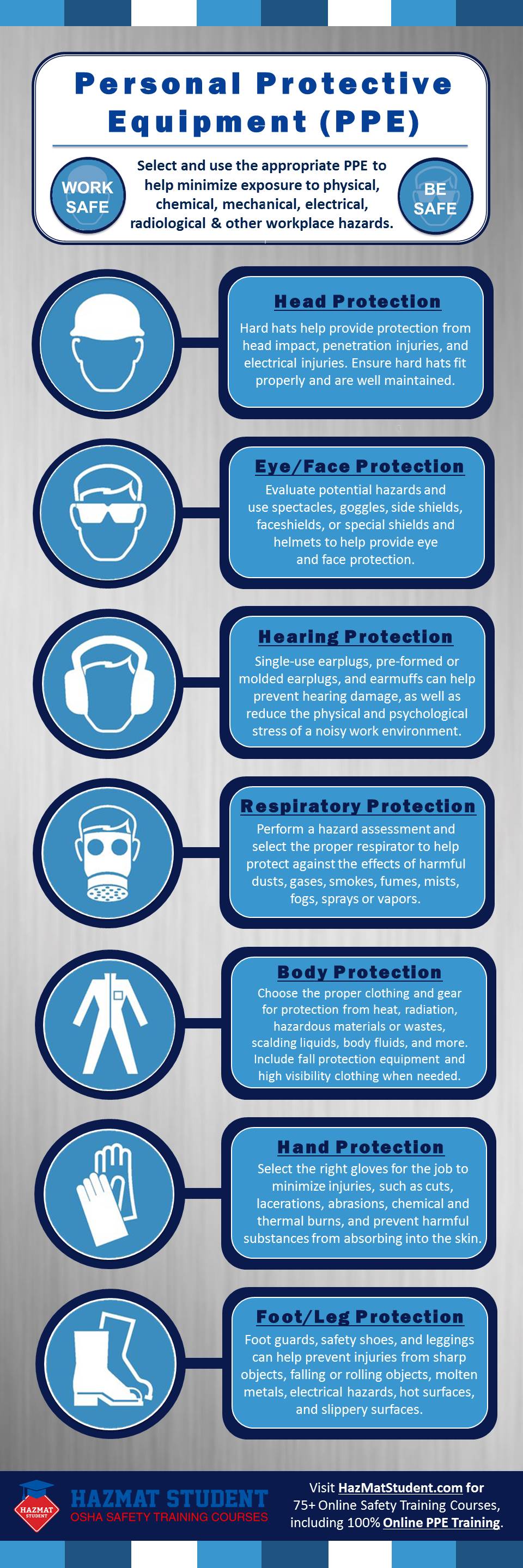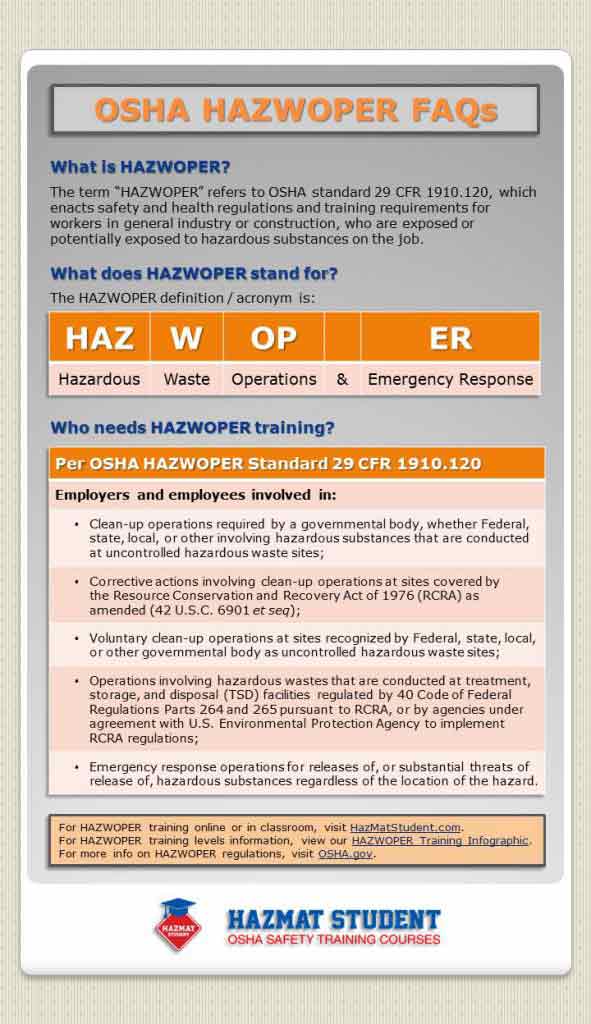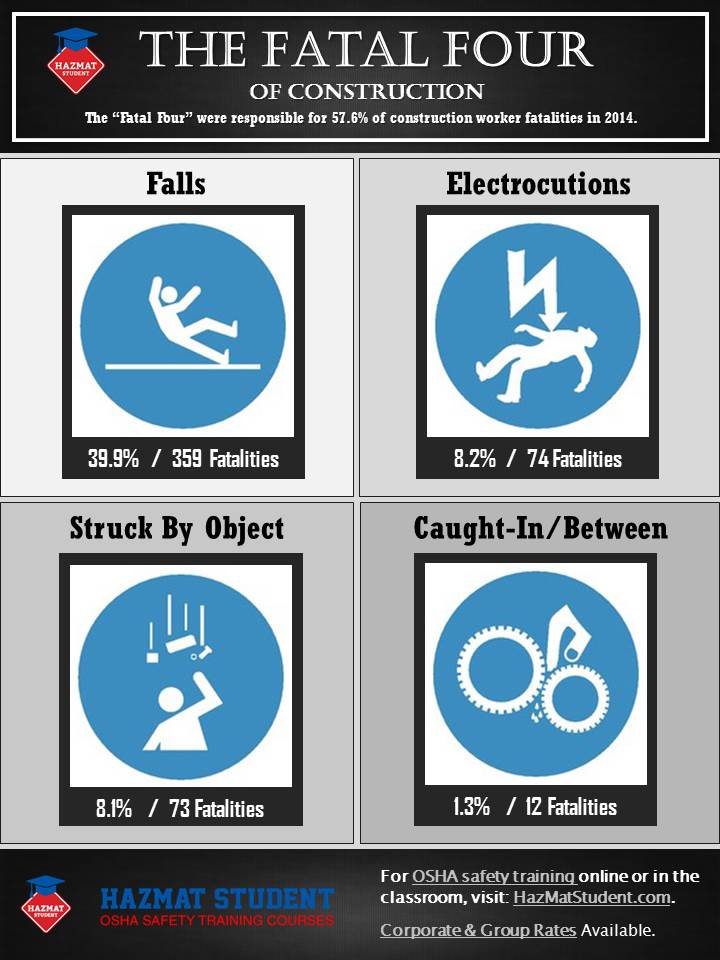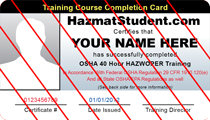Safety Infographics can be posted in your worksite or used as handouts during safety toolbox talks, providing employees with a visual reminder to focus on safety. Toolbox talks are a great way to gather employees and encourage safety throughout the organization. A 15 minute safety talk each month can help employees make safety a priority. These meetings can include hands-on training, table top exercises, post accident reviews, discussion of safe work practices and safety risks/concerns, problem identification, and more. These meetings promote safety awareness and encourage employees to get involved in their own safety.
The benefits of using infographics during safety meetings are many. Infographics can provide complex information in visual format, so they keep the reader’s attention and make the subject matter enjoyable and memorable. Infographics can convey information without lengthy reading, and visual information is processed by the brain more quickly than text.
We also have many workplace safety articles posted on our site which can be used to discuss a wide variety of OSHA safety topics, such as: Heavy equipment hazards; Natural disaster preparation; Lead exposure; Workplace safety mistakes; Common health and safety myths; Hearing protection; Burn safety; Hazardous energy; Combustible dust; Occupational illnesses; Workplace hazards; Accident and injury prevention; Personal protective equipment safety; Chemical hazards; OSHA fall prevention; Workplace emergencies; and more.
In addition, our Resources page provides links to many important resources for those interested in workplace safety. It includes links to our Infographics as well as general OSHA safety topics, Department of Transportation (DOT) publications, EMT and Paramedic recertification information, CDC/NIOSH publications, Hazard Communication fact sheets, and Hazardous Waste and Emergency Response information.
Tips for Effective Toolbox Talks:
- Keep the topics relevant to your employees, industry or job site. Reinforce your message by including information on why staying safe will benefit their individual lives.
- Keep it positive. The tone of the talk should be encouraging, empowering, and supportive, not punitive. By keeping the meetings positive, employees are more likely to engage in the discussion and explore ideas to improve safety.
- Get employees involved. Instead of talking at employees, ask them to participate. You could bring props, have hands-on activities, or provide demonstrations. The more interactive the safety talk is, the more employees will retain the information that is being conveyed. The goal of the toolbox talk should be to get workers thinking and discussing.
- Keep the safety talk short and sweet. By using handouts, such as infographics and safety articles, you can only convey the necessary points, and give employees additional reference material to look at later. If employees are bored and tune out, the purpose of the meeting has been lost.
- Keep it interesting with real-life examples. Instead of giving all facts, tell stories in the news that workers can relate to. A worker will be more interested and impacted by how a safety incident actually impacted someone’s life than a list of statistics on injuries.
- Increase retention with repetition of important issues and points, but ensure that the information is presented in a variety of ways.
Safety Training
All employees should be trained on safe work practices. Aside from safety talks, and infographics, employers need to implement formal safety training in order to adhere to safety regulations, PPE requirements, and ensure a safe work environment.
Safety training isn’t a one-time occurrence or limited to only new employees. Companies must be committed to safety, by providing initial training, refresher training, and re-training anytime there is a safety incident or an employee has performed their work in an unsafe manner. Companies need to regularly reevaluate training needs and perform safety audits in order to ensure all employees have the knowledge to work safely.
HazMat Student offers many various types of safety training to assist with your workplace safety program.
















